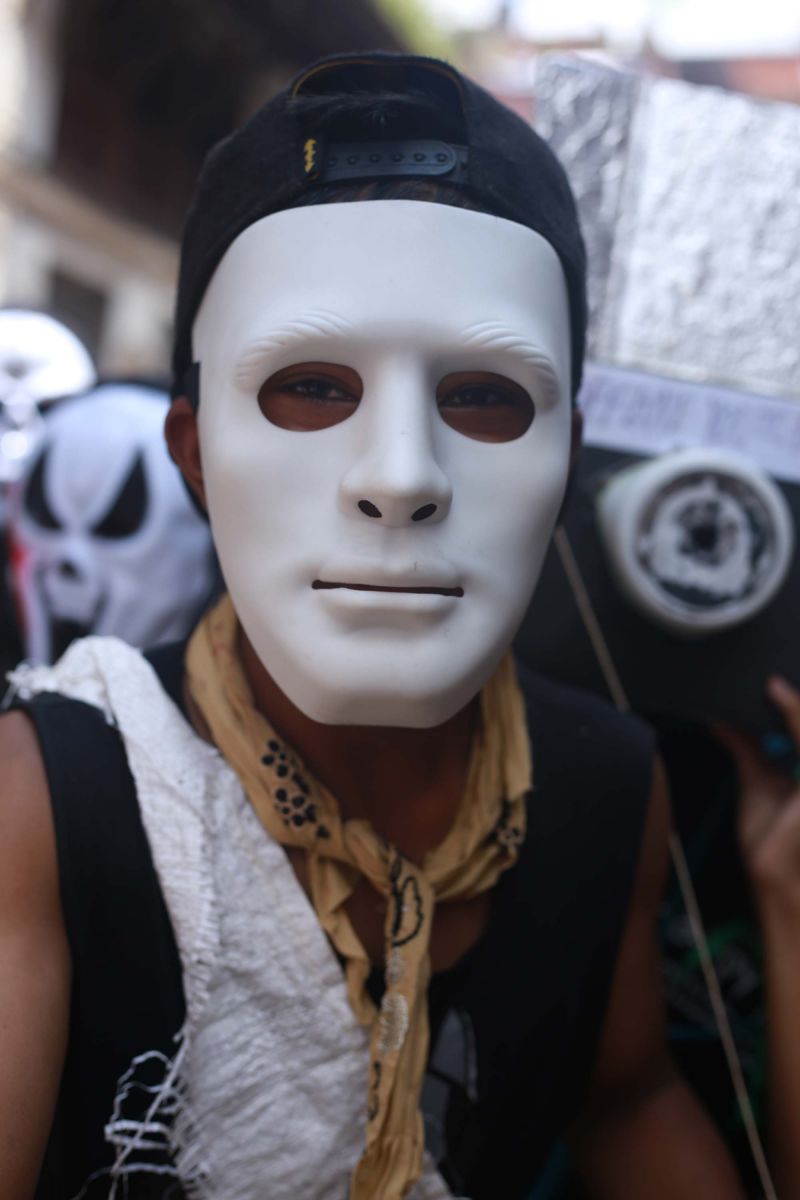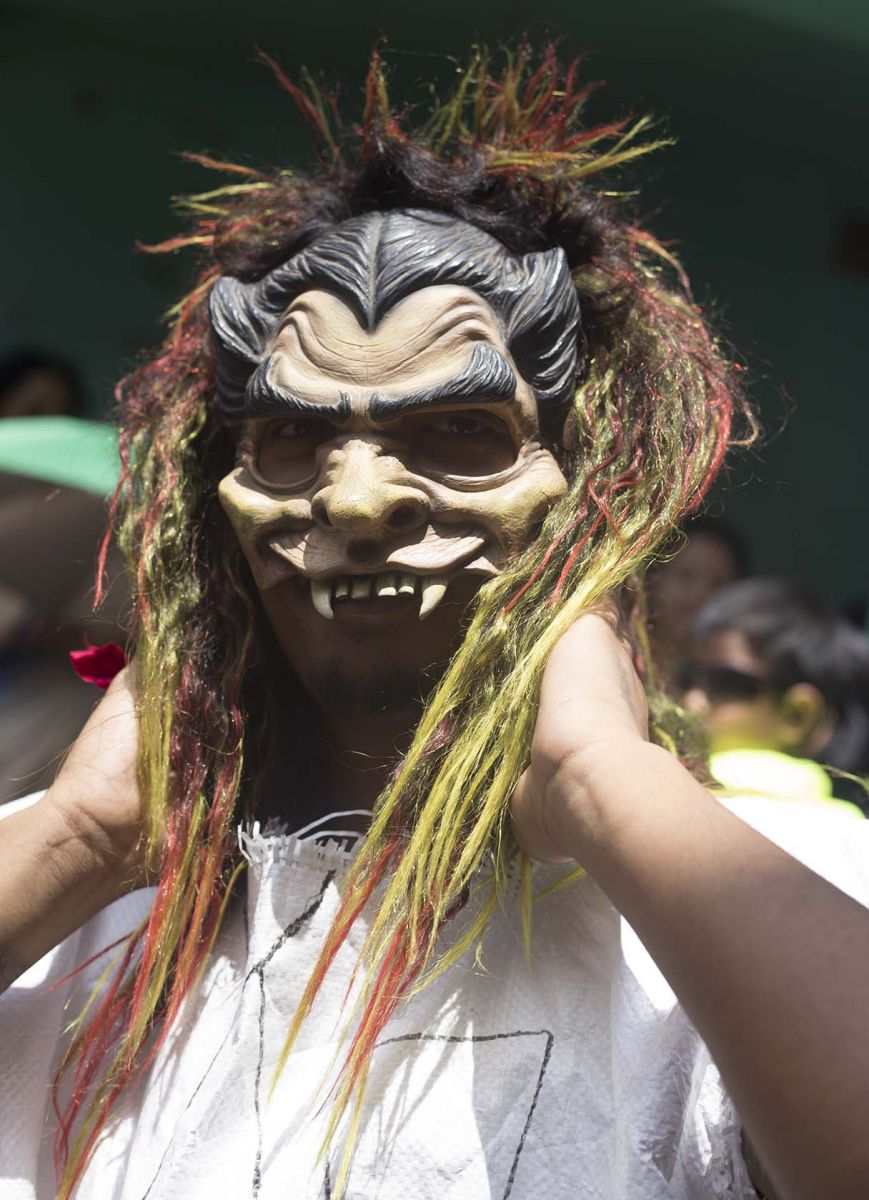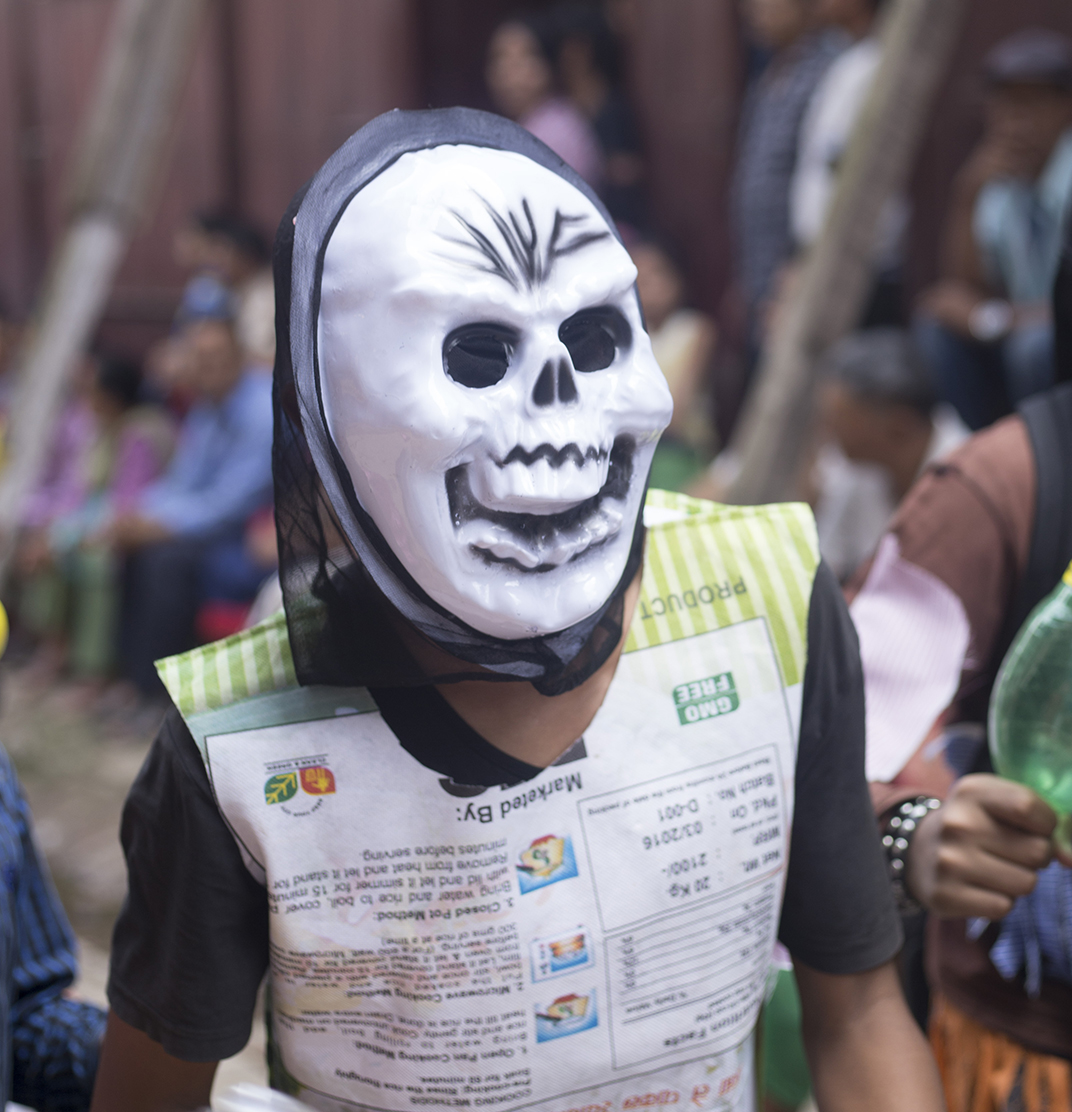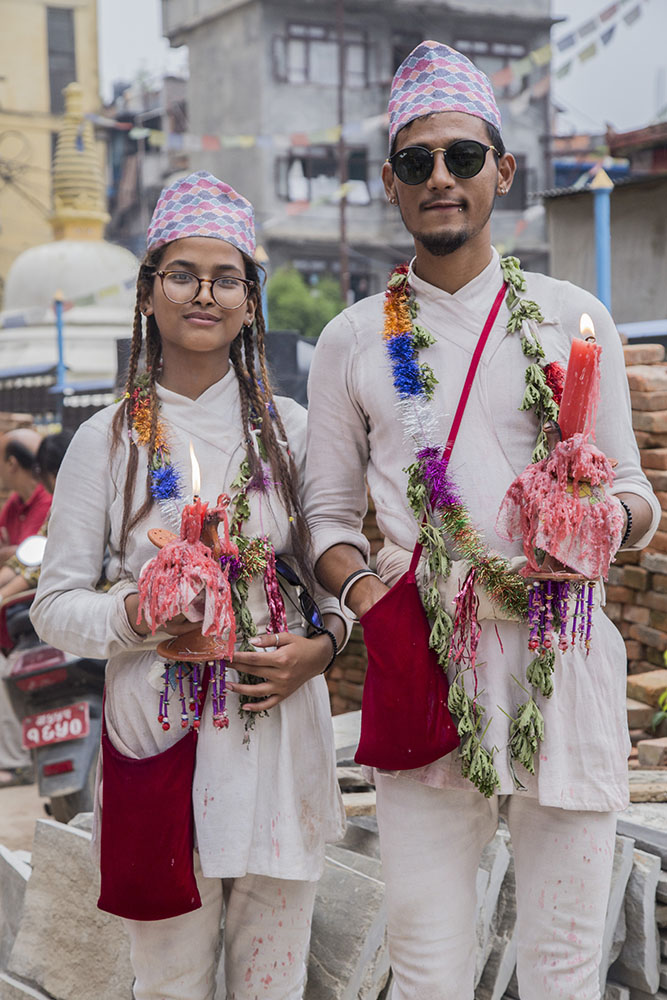 |
 |
Bringing People Together in Devotion and Prayer
No matter how many times one says it, and no matter how highly publicized the fact, one has to be in the moment to truly fathom the rich culture of this fascinating country. And, no more is it more evident than in Kathmandu Valley, particularly in the three ancient settlements of Kantipur, Lalitpur, and Bhaktapur, now vibrant centers of tourism and commerce, and privileged repositories of precious and priceless heritage.
 |
 |
 |
Apart from the many wonderful monuments that inspired UNESCO to declare the ‘Valley of the Gods’ a World Heritage Site, and which validate the valley as a ‘Living Museum’, as many writers so enthusiastically eulogize, Kathmandu Valley is also as worthy of eulogy as far as its festivals are concerned. So, it is not surprising that many describe it as a ‘Land of Festivals’, too. The nature of a festival may be national or regional or even local (as in really local, involving a small locality, or even a sub-division of a particular community), yet, all are observed with equal fervor and devotion. However, there are some that are considered more important than others, where participation is in greater numbers.
One such is Matya, a festival of Lalitpur. Held every year in late August, Matya is participated in by tens of thousands of men and women, boys and girls, who go in a procession holding lit candles in their hands (Matya in Newari means lighting a lamp) to all the religious shrines of the ‘City of the Arts’, Lalitpur. It is a festival observed by Buddhist Newars, whose shrines are known as chaityas, gumbas, bahis, bahals, or mahavihars. It’s a procession that will continue for the better part of the day and into the evening, since there are close to 2000 shrines to be visited!
The pilgrims will also be carrying rice, grains, flowers, vermilion powder, sweets, incense, and guru patra (a gift chalice for the priest, or guru) that will be offered at the shrines. Oil or butter lamps will also be lit, signifying the Buddha’s enlightenment following his victory over temptation. The procession of candle bearers is preceded by dancers wearing different kinds of masks (depicting the devils who tempted the Buddha), and several groups of musicians playing traditional musical instruments. The Matya is an extremely well-organized festival, with a neighborhood (tole) being given the responsibility to do so once every ten years. Training a team of traditional musicians (Naubaja Khalah: Nine Musical Instruments Team) to play on the day is an important part of the preparations.










